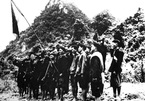Take a look at how historical sites in Hanoi have changed since the August Revolution of Autumn 1945.
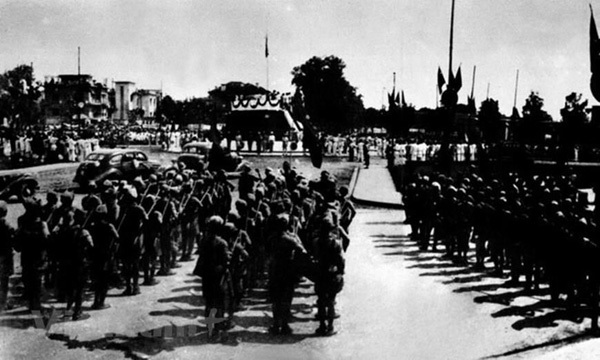 |
| President Ho Chi Minh reads the Declaration of Independence on September 2, 1945 at Ba Dinh Square, to establish the Democratic Republic of Vietnam, now the Socialist Republic of Vietnam, marking the victory of the August Revolution. (Photo: Archives) |
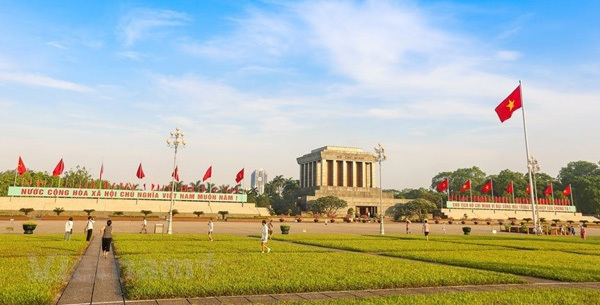 |
| Ba Dinh Square, the largest square in Vietnam, is now a top tourist attraction in Hanoi. (Photo: VNA) |
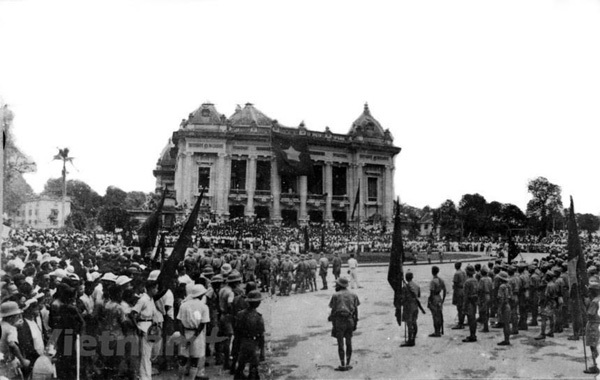 |
| A rally takes place at the square in front of the Opera House in Hanoi, August 19, 1945. The demonstrators were then divided into groups to conduct the general uprising in the entire city. (Photo: Archives) |
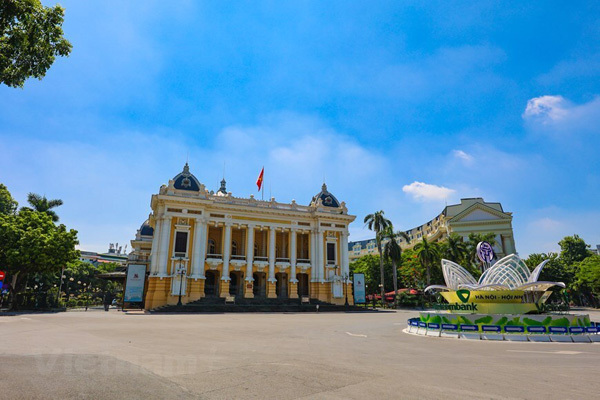 |
| The August Revolution Square, located in front of the Opera House, now belongs to Trang Tien Ward, Hoan Kiem District. (Photo: VNA) |
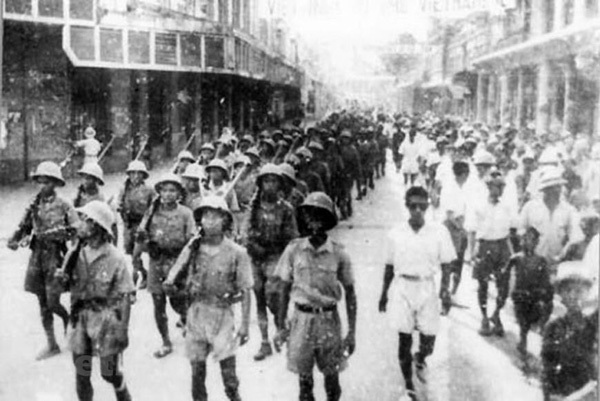 |
| The rally then turned into a huge demonstration on Hanoi streets. In the photo: Demonstrators line Paul Bert, now Trang Tien, one of the most beautiful streets in Hanoi. (Photo: Archives) |
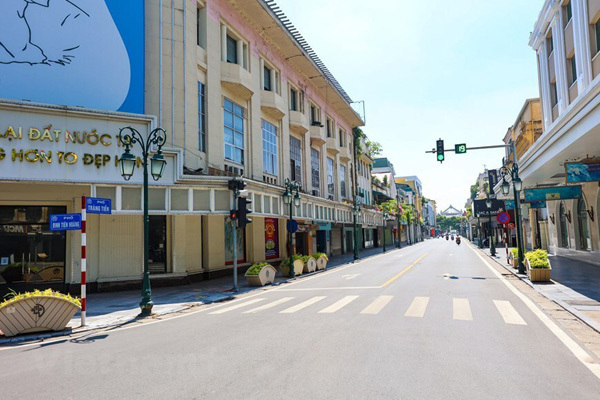 |
| Paul Bert is now Trang Tien Street - one of the most beautiful streets in the city. (Photo: VNA) |
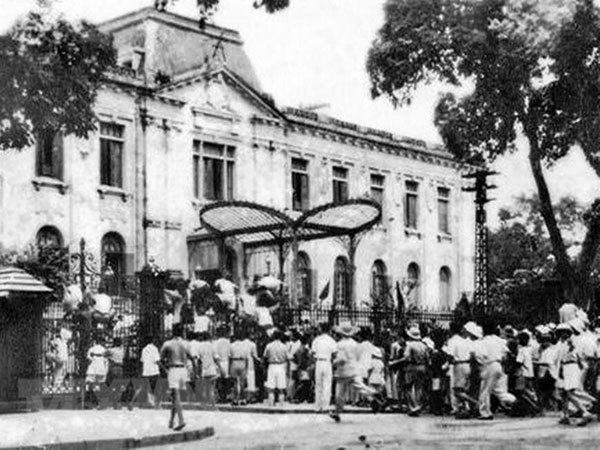 |
| The Vietnamese people go on a march and occupy the Residential Palace of the Tonkin Governor, now the Government Guesthouse, August 19, 1945. (Photo: Archives) |
 |
| Residential Palace of the Tonkin Governor, located at No.12 Ngo Quyen Street, is now the Government Guesthouse. (Photo: VNA) |
Source: VNP/VNA

Success of the August Revolution in 1945 was the first Victory of Vietnam since the country was led by the Communist Party of Vietnam.









